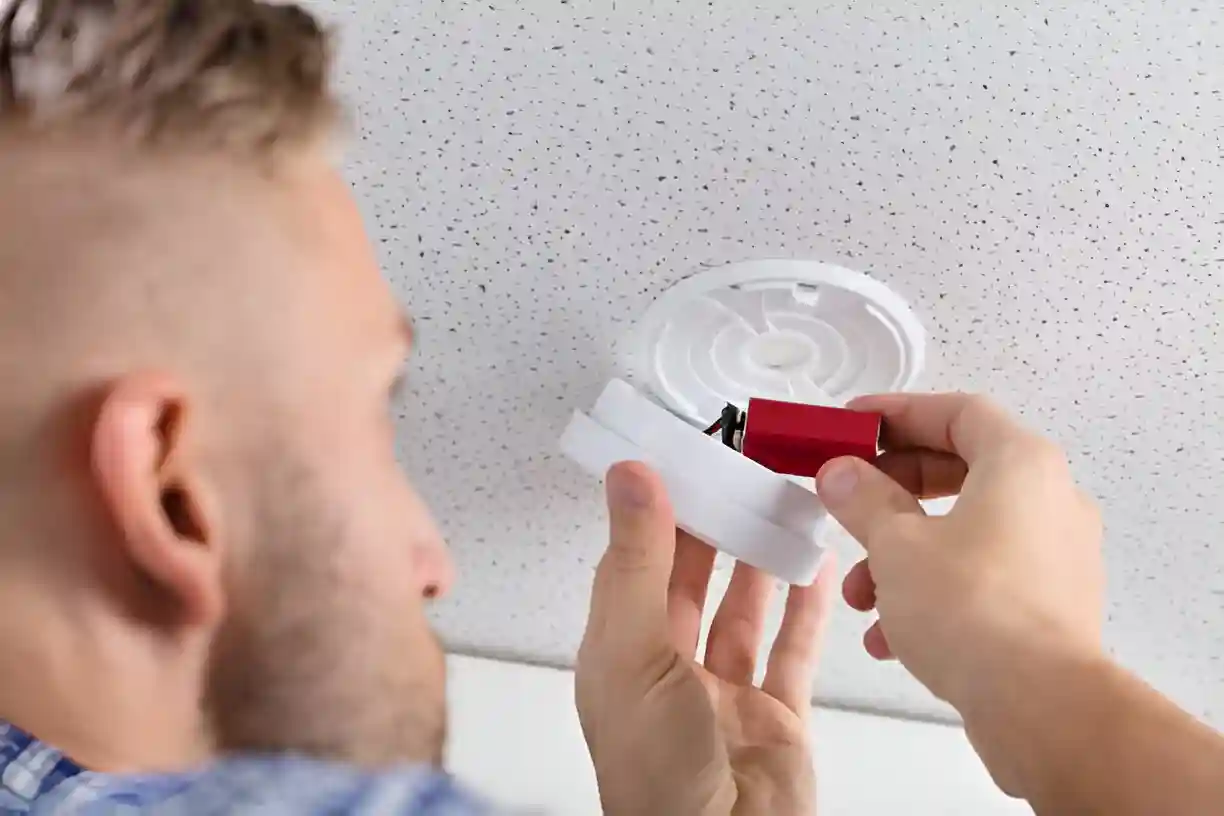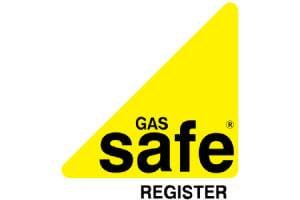
When the power cuts out, there’s no second chance. Emergency lighting must work immediately, flawlessly, without question. In the UK, strict emergency lighting testing standards are in place to save lives. However, these systems are often ignored until something goes wrong, and it’s too late. Whether you’re managing a commercial site, residential block, or public building, ignoring the legal obligations around emergency light testing requirements is a risk you can’t afford. This guide clarifies the boundaries and explains what compliance involves and what risks are involved when it is overlooked.
Key Takeaways
- Emergency lighting ensures visibility and supports safe evacuation during emergencies when standard lighting fails.
- Property owners, employers, and facilities managers are responsible for meeting testing and maintenance obligations.
- Monthly function checks and complete annual duration tests are essential to verify system performance.
- Not complying with emergency lighting regulations can lead to fines, legal penalties, and higher insurance premiums.
- Costs for testing vary depending on the size of the building, number of emergency lights, complexity of the system, and whether testing is done in-house or outsourced.
Why Emergency Light Testing Matters for Safety and Compliance
Emergency light testing is often overlooked until the lights fail, leading to panic. In those tense moments, it’s the glow of emergency lighting that guides people to safety, especially in large or unfamiliar buildings where every second counts. Without reliable emergency lighting, confusion can quickly spiral into chaos, turning what should be a straightforward exit into a dangerous gamble.
Meeting emergency light testing requirements goes beyond merely fulfilling legal obligations; it involves proactive measures to ensure the safety of everyone. Regular checks help spot problems early, so faults can be fixed before they become failures in an emergency. This way, building owners can be confident their systems will perform exactly when needed.
Beyond the rules, consistent testing sends a powerful message: safety isn’t an afterthought. It builds trust with everyone inside, whether they’re employees, residents, or visitors, showing that their well-being is a top priority.
Who Needs to Comply with Emergency Light Testing Regulations?
Emergency light testing is often overlooked until the lights fail, leading to panic. In those tense moments, it’s the glow of emergency lighting that guides people to safety, especially in large or unfamiliar buildings where every second counts. Without reliable emergency lighting, confusion can quickly spiral into chaos, turning what should be a straightforward exit into a dangerous gamble.
Meeting emergency light testing requirements goes beyond merely fulfilling legal obligations; it involves proactive measures to ensure the safety of everyone. A routine emergency light test helps spot problems early, so faults can be fixed before they become failures in an emergency. This way, building owners can be confident their systems will perform exactly when needed.
Beyond the rules, consistent testing sends a powerful message: safety isn’t an afterthought. It builds trust with everyone inside, whether they’re employees, residents, or visitors, showing that their well-being is a top priority.

How Often Should Emergency Lights Be Tested?
Emergency lighting must be tested regularly to ensure it will function in a real emergency. According to UK regulations:
- Monthly: A brief functional test should be carried out to confirm that each light turns on properly.
- Annually: A full-duration test is required, which simulates a mains failure and ensures the lights stay on for at least three hours.
These tests make sure the emergency lighting system works properly and help catch issues before they turn into real problems. As part of the annual
The main power supply is intentionally turned off to simulate a blackout. This checks whether the backup lights stay on for as long as they’re supposed to.
To make testing easier and more reliable, many businesses are now turning to intelligent systems that run automated checks and generate performance reports. Not only do these cut down on human error, but they also save time and help ensure your emergency lights are always ready when it matters.
Legal Emergency Light Testing Requirements for UK Properties
In the UK, emergency lighting is governed by several regulations, including the Regulatory Reform (Fire Safety) Order 2005 and British Standard BS 5266-1. These regulations outline the standards for installation, maintenance, and testing.
Here is a summary of the main legal responsibilities:
- Monthly Function Testing
Each emergency light should be briefly activated to verify proper functionality. - Annual Duration Testing
Emergency lighting systems must be tested to confirm they stay illuminated for the whole three-hour duration under simulated failure. - Documentation
All testing and maintenance activities must be logged. This documentation should be maintained regularly and kept available for inspection. - Risk Assessments
Regular fire risk assessments should include a review of the emergency lighting system to ensure it remains suitable for the building and its use.
By following these requirements, property managers and business owners can avoid legal penalties while maintaining a safe space for everyone.
Cost of Emergency Light Testing and What Influences It
The cost of testing emergency lights can differ based on several factors. Understanding what influences these costs can help when budgeting for compliance.
| Factor | Influence on Cost |
|---|---|
| Size of Premises | Larger buildings require more time and effort to complete testing. |
| Number of Lights | More lights to test mean longer service times and increased costs. |
| Installation Complexity | Unusual layouts or hard-to-reach lights may require specialist tools or expertise. |
| In-House vs. External | Using a professional contractor typically costs more than internal testing. |
| Testing Frequency | Regular testing through a service contract can lower per-test costs over time. |
To keep costs manageable, many businesses arrange fixed-rate contracts with approved providers, which can be more efficient than booking one-off visits.
Common Mistakes to Avoid During Emergency Lighting Tests
Even with the best intentions, mistakes during emergency lighting tests can compromise safety and lead to non-compliance. Below are some of the most common issues:
- Skipping Routine Maintenance
Just performing tests isn’t enough; lights and batteries need regular care to remain in working condition. - Inconsistent Testing Schedules
Delays or skipped tests can leave long gaps during which faults go unnoticed. - Lack of Proper Records
Without documentation, there’s no way to prove compliance during inspections or audits. - Ignoring Environmental Conditions
Dirt, obstructions, or other changes in the environment may impact lighting effectiveness if not taken into account.
Avoiding these mistakes can help maintain a fully functional emergency lighting system and a safer environment for occupants.
Understanding the BS 5266-1 Standard for Emergency Lighting
British Standard BS 5266-1 outlines the guidelines for designing, installing, and maintaining emergency lighting systems in the UK. It provides guidance for both new installations and ongoing management.
Some key aspects of the standard include:
- Ensuring escape routes are properly lit at all times in case of emergency.
- Specifying minimum performance standards, such as light duration and brightness levels.
- Promoting the use of energy-efficient technology and automated control systems to enhance reliability and reduce environmental impact.
- Recommending consistent testing schedules to maintain ongoing compliance.
Understanding and following BS 5266-1 helps ensure your building meets every emergency light testing requirements, staying safe, legal, and well-prepared for emergencies.

Benefits of Understanding Emergency Light Testing Requirements
Emergency light testing might seem routine, but there’s a real purpose behind it. It can provide long-term advantages for both safety and business operations.
Benefits include:
1. Enhanced Safety: Properly tested systems ensure safe evacuation in low-light or emergencies.
2. Legal Compliance: Meeting your obligations helps you avoid fines and other legal consequences.
3. Operational Continuity: In an emergency, working lighting systems help minimise disruption to business activities.
4. Peace of Mind: Staff, customers, and visitors feel safer in buildings where systems are maintained and well-managed.
By staying informed and proactive, businesses create a safer, more resilient environment for everyone.
Different Types of Emergency Lighting and Their Testing Needs
Emergency lighting varies to suit different situations. Several different systems are available, each with unique features and testing requirements:
- Maintained Emergency Lights
These stay on constantly and are ideal for high-risk areas like cinemas or large public spaces. They require monthly functional checks and yearly duration tests. - Non-Maintained Emergency Lights
These only activate when the main power fails. They’re common in offices and smaller buildings. Monthly and annual tests are also required. - Central Battery Systems
These power all emergency lights from a single battery source. They are often used in large buildings and need more complex testing, including system-wide diagnostics.
Using modern testing tools, like remote monitoring software, can simplify the process and improve long-term reliability across all these system types.
Penalties for Failing to Meet Emergency Lighting Regulations
Not complying with emergency lighting regulations can lead to more than just safety risks. The consequences can seriously impact a business financially and legally.
Possible penalties include:
1. Fines: Authorities can issue significant penalties for non-compliance, especially if it’s discovered after an incident.
2. Legal Claims: Injuries caused by faulty or absent emergency lighting can result in costly lawsuits.
3. Higher Insurance Costs: Insurance providers may increase premiums or refuse coverage if your safety systems are inadequate.
4. Operational Disruption: In some cases, buildings may be shut down until issues are resolved, leading to lost revenue and reputational damage.
Taking emergency lighting seriously helps avoid these risks while protecting everyone who uses the building.
Frequently asked questions.
Conclusion
Understanding emergency light testing requirements in the UK is essential for maintaining a safe and legally compliant building. Whether you’re a landlord, facilities manager, or business owner, staying on top of monthly checks, annual tests, and BS 5266-1 standards is key to protecting occupants and avoiding penalties. By prioritising emergency lighting maintenance and documentation, you build a culture of preparedness and ensure that your property remains safe, efficient, and legally sound.







